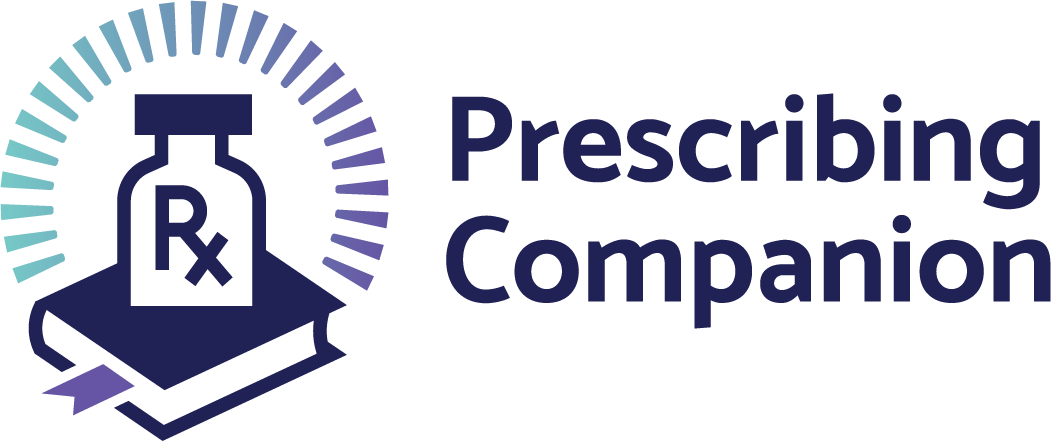Description
This is an infection caused by spirochaetes called Treponema pallidum, a corkscrew-shaped organism with an incubation period of 9 to 90 days.
Signs and Symptoms
- Primary:
- Painless papule/ulcer called a chancre found on the glans penis, shaft, anus and rectum in men, whereas in women it is found on the vulva, cervix and perineum.
- Bilateral inguinal
- Secondary:
- Cutaneous rashes may affect the soles and
- Patchy hair loss
- Oral ulcers
- Condylomata lata
- Generalised lymphadenopathy
- Uveitis)
- Arthritis
- Meningitis
- Glomerulitis
- Tertiary:
- Aortic aneurysm
- Aortic valvular insufficiency
- Dementia
- Manic syndrome
- Congenital syphilis presents with clinical features as those of secondary syphilis in adults.
Investigations
Screening: VDRL (Venereal Disease Research Laboratory), RPR (Rapid Plasma Reagin)
Confirmatory test: Treponema Palidum Haemaglutinin Assay (TPHA)
Treatment
|
STI Syndrome |
Recommended Actions |
Preferred drugs |
Alternative drugs |
|
|
Treat for Vaginal candidiasis |
Fluconazole 150mg PO stat |
Clotrimazole vaginal pessaries 200mg OD for 3 days OR Miconazole vaginal pessaries 200mg for 3 days OR Nystatin pessary 100,000 units Nocte for 14 days |
|
Treat for Bacterial vaginosis |
Metronidazole 400mg PO BD for 7 days OR Metronidazole 0.75% 5g gel (full applicator) intravaginally OD for 5 days OR Clindamycin cream 2% one full applicator (5g) intravaginally OD for 7 days |
Clindamycin 300mg PO BD for 7 days OR Tinidazole 2g PO BD for 3 days OR Tinidazole 1g PO OD for 5 days |
|
|
Treat for trichomoniasis |
Metronidazole 2g PO stat OR Metronidazole 400mg PO BD for 7 days For children ≤17 years 5mg/kg PO TDS for 7 days |
Tinidazole 2g PO stat |
|
|
Genital Ulcer |
Treat for syphilis |
Benzathine penicillin 2.4 MU IM stat as a single injection split as 1.2 MU given in each buttock PLUS Azithromycin 1g PO Stat PLUS Doxycycline 100mg PO BD for 21 days PLUS Acyclovir 400mg PO TDS for 7 days |
Erythromycin 500mg PO QID for 14 days (in pregnant or lactating woman) |
|
Treat for chancroid |
|||
|
Treat for Lymphogranuloma venerium (LGV) Treat for Herpes simplex |
|||
|
Urethral Discharge Syndrome |
Treat for gonorrhoea |
Ceftriaxone 500mg IM stat PLUS Doxycycline 100mg PO BD for 7 days, Metronidazole 2g PO stat (to treat Trichomonas vaginalis) PLUS Doxycycline 100mg PO BD for 7 days followed by Azithromycin 1g PO stat, then 500mg PO OD for 3 days (to treat M. genitalium) |
Cefixime 400mg PO stat Azithromycin 1g PO Stat OR Erythromycin 500mg PO QID for 7 days |
|
Treat for chlamydia |
|||
|
If urethral discharge persists after 7 days despite adequate treatment and no history of re-exposure to STI then treat with |
Treatment of Genital Ulcers
Most patients with primary or secondary syphilis infection have Jarisch - Herxheimer reaction within 6 hours to 12 hours of initial treatment. The reaction is manifested by generalized malaise, fever, headache, sweating, rigours and a temporary exacerbation of syphilitic lesions. This usually subsides within 24 hours and poses no danger other than the anxiety it produces.
